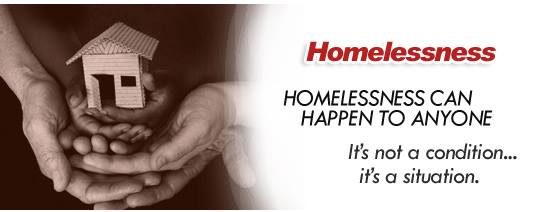
At Lancaster County Housing and Redevelopment Authorities, an administrator and the Continuum of Care’s homeless management information system staff supported the Homelessness Prevention and Rapid Re-housing Program. Two subgrantees were responsible for case management and used a reimbursement model to direct services. One subgrantee was responsible for central intake, and telephone screenings were performed by four staff members. All subgrantees would input all relevant data into the homeless management information system, and the Lancaster County Housing and Redevelopment Authorities would spot-check it for completeness and accuracy. In 2009, the Lancaster County Board of Commissioners, together with Phil Wenger, and a newly formed coalition made a press release highlighting private and public support for the ten-year plan. In 2010, the Lancaster County Board of commissioners recommended that the Department of Behavioral Health and Developmental services adopt the role of lead agency for the new Coalition.
In January 2011, there were about 481 homeless people in Lancaster county. The point in time count found that there were 276 residents of transitional housing, 198 people living in emergency shelters, and seven homeless people without shelter. Lancaster County’s Continuum of Care homeless service system was managed by the Lancaster County Coalition to end Homelessness, and was hosted by the county Office of mental health. The Coalition to end Homelessness was comprised of community volunteers of homeless service providers and had committees, subcommittees for priority planning, including the Homelessness Prevention and Rapid Re-housing Program and a leadership council. The Continuum of Care funded 140 transitional housing beds, 34 permanent supporting housing beds, and 252 emergency shelter beds. As of January 2011, these facilities had excess capacity, and this was due to the success of the Homelessness Prevention and Rapid Re-housing Program in the community. At the end of 2011, Lancaster County had used 83% of its funds on prevention and 17% on rapid re-housing.
By 2014, the Lancaster Coalition to End Homelessness had already established a reliable infrastructure and was demonstrating growth and impact as a result. The Coalition also demonstrated a plateau in growth. The Coalition was voted to be moved from the county government to a non-profit umbrella of Lancaster General Health through a public process. In 2015, staff and responsibilities were moved to Lancaster General Health. In the same year, United Way updated their funding structure to be a collective impact model, and the Lancaster Coalition to End Homelessness was one of the initial seventeen partnerships to receive funding, adding to services $250,000. Before the funding, United Way had played a significant role in Homelessness in Lancaster county through staffing and housing plans. The Coalition was the most mature collaboration to be funded by United Way and worked together with United Way’s staff, including Vita, Volunteer Center, Director of Impact Partnerships, and 211. In 2016, the Women’s Leadership Council released funding for Caseworthy.
